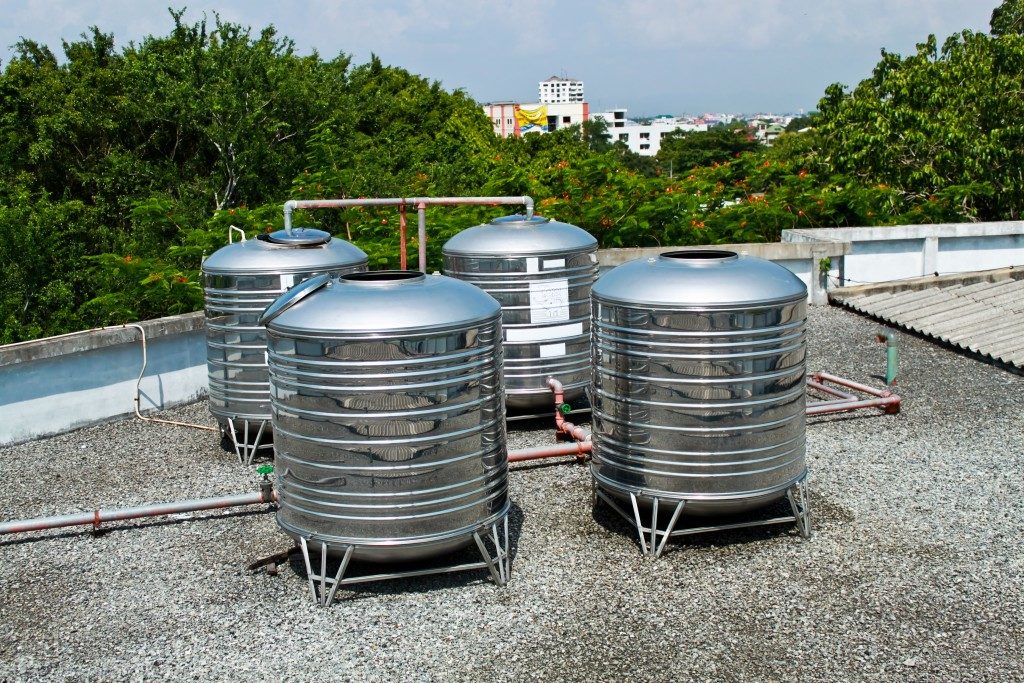Many storage tanks are less prone to issues in terms of structure, especially due to their being overdesigned. Older tanks are usually made of steel and these are usually galvanized in a thick, zinc sacrificial coating. However, these storage tanks, when left without maintenance and supervision, can have many issues. Even though they are reliable choices for long-term storage of almost any liquid, which include chemicals, fuel, and drinking water, chances are problems may still be encountered.
These issues require professional services, such as API 653 tank inspection so that the steel storage tanks can be maintained or even replaced with better ones. It is essential to have such activities for reconstruction, repair, and operation. Despite the availability of these provisions, it would not hurt to know more about the problems you can encounter with steel storage tanks.
Corrosion
One of the main problems with steel storage tanks is corrosion. This is due to how the galvanizing component – zinc protective layer – tends to be lost over time. Rates of loss are usually dependent upon temperature and water composition, but it is unlikely to endure more than twenty years without any form of pin holing.
Structure Deterioration
This problem usually goes with time and history. Without proper maintenance, if there is a significant drop in air charge within the tank, the water tank bladder can stretch and rupture, and will probably take the pump with it. Too much exposure to harsh and varying weather can also contribute to its fast deterioration.
Fuel and Microbial Contamination

Contamination can also be a problem in storage tanks considering they are used to contain a particular type of fuel or liquid. Some fuels, when stored, tend to attract moisture and subsequent separation due to temperature changes, and this can cause water to be released and settled at a storage tank’s bottom.
Sludge can also build up from fuel breakdowns, and this naturally occurs over time, including contaminants such as salts in water that can be in turn detrimental to a storage tank’s system components. Additionally, scaly, reddish, and gritty deposits can be seen and may indicate corrosion in the tank.
Lastly, microbial contamination is also a likely problem because microorganisms can thrive and grow anywhere, and can possibly form slime that can break off and clog small openings throughout the entire storage system. This is not to mention bacterial phenomenon with mold as well. Other problems in line with micro bacteria can lead to sludging of tank linings and coatings.
What can you do?
Fortunately, various activities can be done to prevent these issues or at least manage them. Periodic product sampling, fuel filters, and automatic tank gauging are just a few. Removing contaminants from storage tanks also have separate processes and solutions, such as multipoint water pumping and fuel filtration.
Do not hesitate to consider getting the services of professional inspectors, especially when it comes to storage tanks, considering that you have been warned about the possible dangers and issues that can arise if the tank is not managed and maintained well. It may sound pricey at the outset, but replacing tanks regularly is not good for your wallet either.

